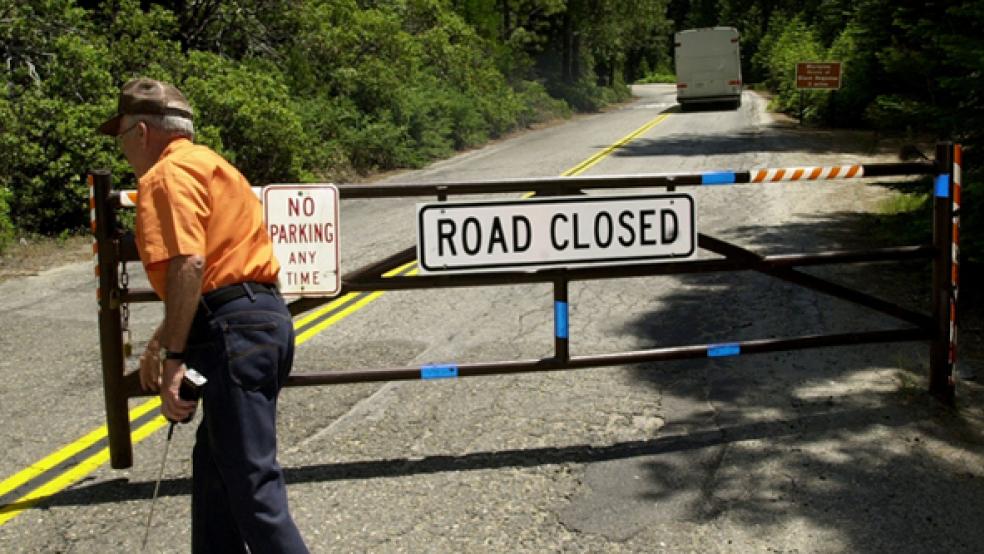As tax receipts plunge, state and local governments will likely cut back on spending if they don’t receive additional federal aid, making the current recession worse than it would be otherwise, according to a report out Wednesday from Capital Economics.
The analysts estimate that state and local tax revenues will drop by more than 20% in the second quarter, and balanced budget rules that exist in most states will force a reduction in spending to bring budgets in line with receipts. Along with income taxes, sales taxes – which account for about a quarter of state revenues – have been particularly hard hit by widespread shutdowns, and the sharp reduction in travel is reducing fuel tax receipts.
For the 2020 fiscal year as a whole, which ends on June 30 in most states, tax revenues will be down by about 3.5%, the analysts say, followed by a 2% drop in the 2021 fiscal year. In stark contrast to earlier expectations that revenues would grow this year and next, Capital Economics says the total shortfall in state revenues could now come to roughly $350 billion.
A bad precedent: A big drop in tax revenues during the last recession forced state and local governments to make cutbacks that hurt the economy for years. “In real terms, state & local government spending contracted [after 2009] for the next four years, subtracting an average of 0.4% points from annual GDP growth in 2010-2012,” the report says. “In 2010, the drag from falling state & local spending more than offset the boost from higher Federal government spending. Those cutbacks exerted an even longer-lasting drag on the labor market, with state & local government employment falling by a cumulative 660,000 between 2009 and 2013.”
A quick recovery will limit the damage: Many economists are predicting a steep but short-lived slowdown, followed by a rapid return to something like normal economic levels toward the end of the year. Capital Economics estimates that state tax revenues will return to previous levels in about 12 months, much faster than the three-and-a-half years it took after the last recession. In addition, states have some money in their rainy day funds, and the federal government is already providing support worth more than $150 billion through the CARES Act and extra Medicaid funding.
But the stakes are high: State and local government spending account for 11% of GDP and 13% of employment, Capital Economics says, and lower spending could have a powerfully negative effect, as we saw a decade ago. States have already begun to announce layoffs and cutbacks, and there’s always a chance that the prevailing economic outlook could prove too optimistic. Ultimately, states will likely need more federal aid, the analysts say. Without it, “states could quickly find themselves in an even larger fiscal hole, in turn resulting in a more severe drag on economic growth.”




